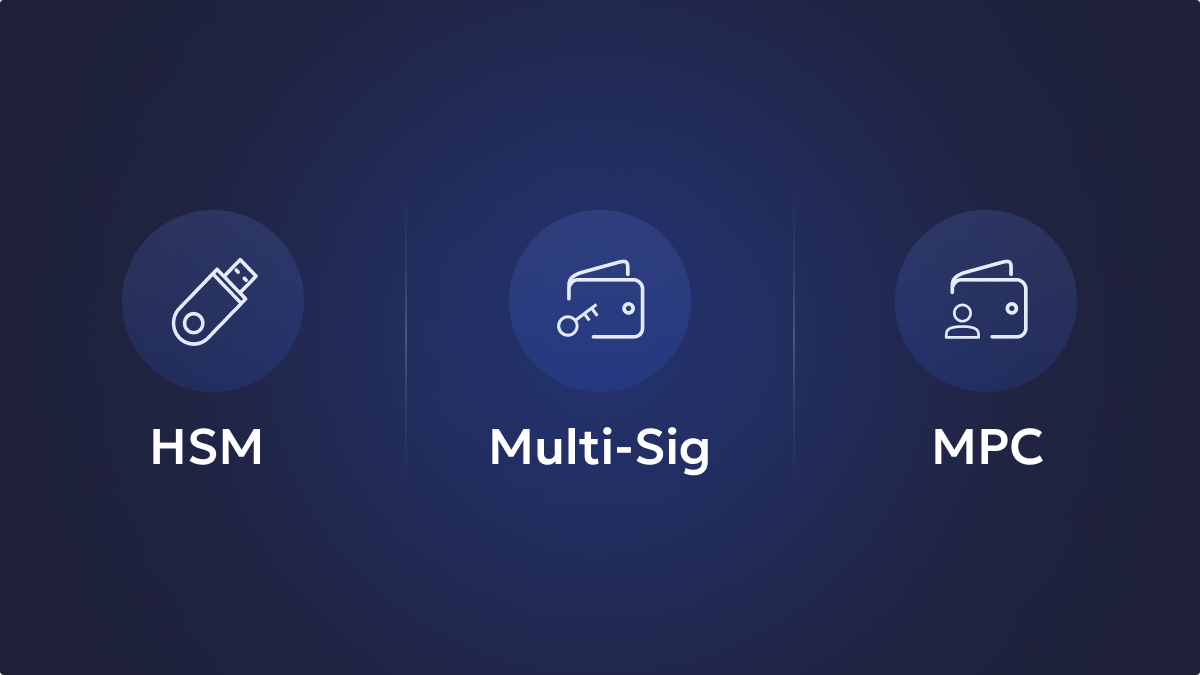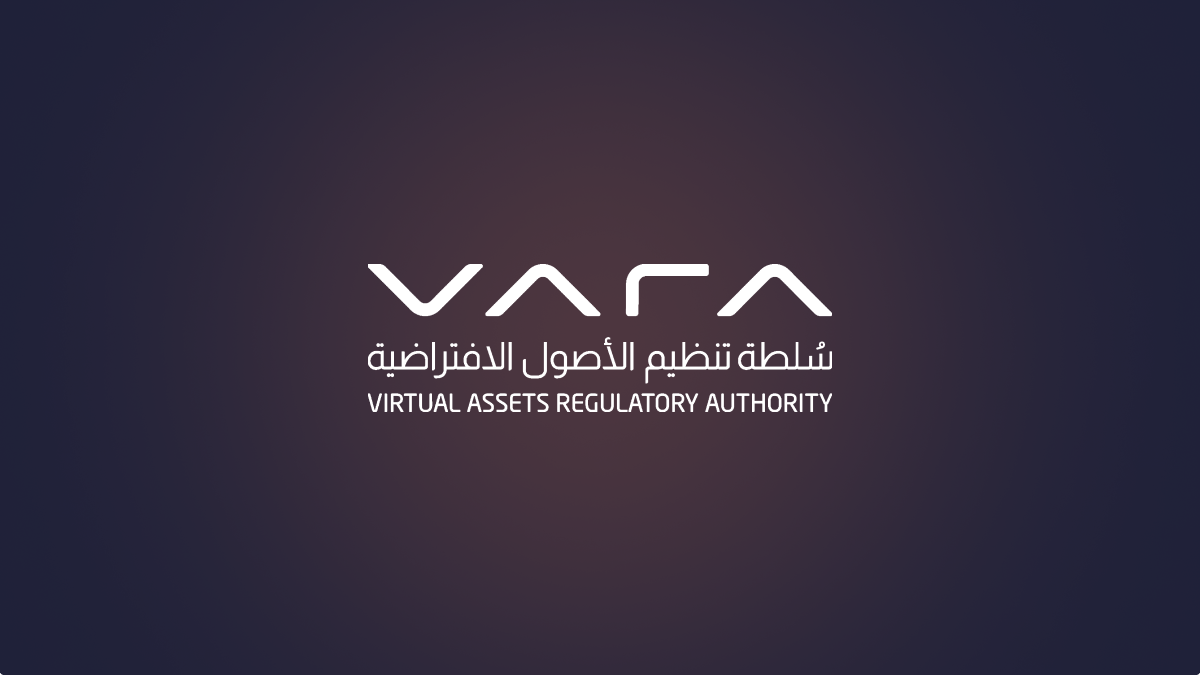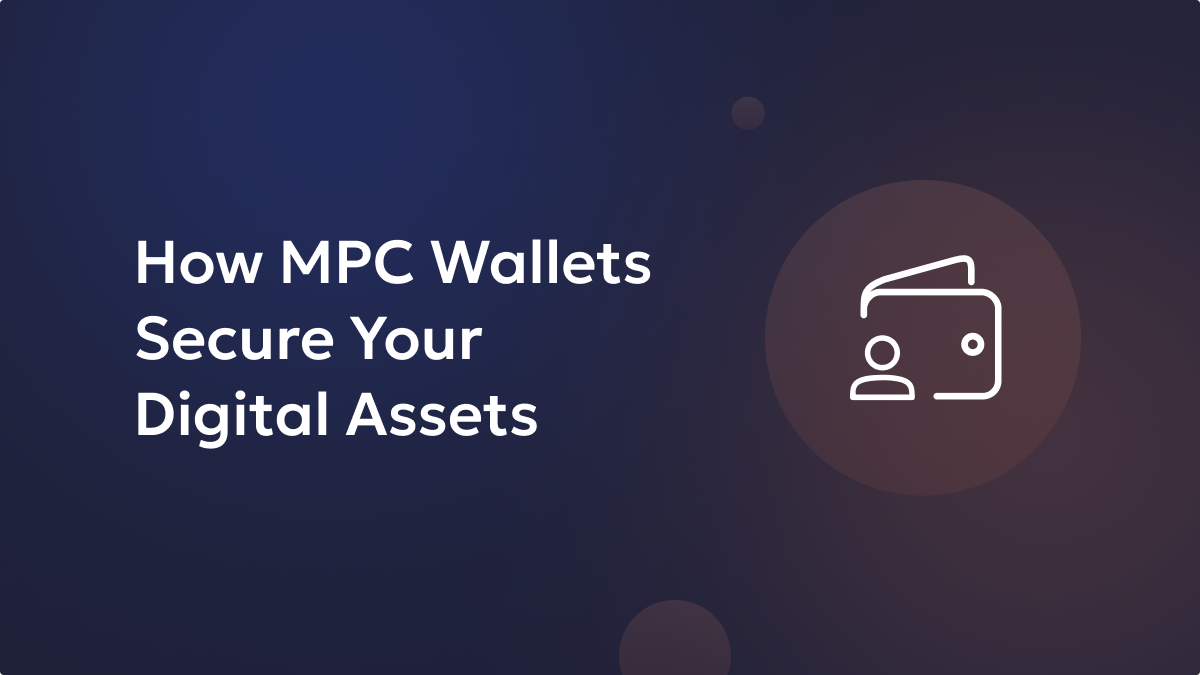Global treasury management experts often encounter a common dilemma: effectively handling digital assets and cryptocurrencies like Bitcoin, Ethereum alongside traditional fiat currencies and other financial instruments. The complexity escalates when cryptocurrencies serve dual roles in daily business operations and investment portfolios. Yet, with a solid grasp of the fundamentals of cryptocurrency treasury management, the perceived challenges of incorporating digital assets into balance sheets become more manageable. Here, we discuess the intricacies of day-to-day Corporate Crypto Treasury management for finance teams, covering aspects from the underlying technology to risk management considerations and best practices, providing insights to navigate the integration seamlessly.
What is Crypto treasury management?
The management of a crypto treasury involves strategizing investments, overseeing performance, assessing crypto treasury policies, and utilizing cryptocurrency assets held by individuals, DAOs, or companies. This process takes into account various internal and external factors, including cash flows, expenses, regulatory compliance, and market risks.
The decision-making pertaining to the treasury is generally overseen by the project’s founders and core team or is dictated by decentralized mechanisms, contingent on the project’s governance structure. These strategic decisions and actions offered by blockchain-based treasury solution providers are essential to maintain financial stability, ensuring the smooth operation of the company.
Unlock the potential of digital assets for your institution
Core Components of Crypto Treasury Management
Cryptocurrency Wallets: Serving as a fundamental tool for overseeing digital assets, cryptocurrency wallets serve as a secure gateway for sending, receiving, and storing cryptocurrencies.
Risk Management: Given the inherent volatility and uncertainties in the crypto space, adept risk management plays a crucial role in safeguarding assets and ensuring long-term sustainability.
Compliance and Regulation: Navigating the ever-evolving Regulatory Compliance in Crypto Treasury landscape is essential to ensure adherence to regulations governing digital assets.
Accounting and Reporting: Transparent accounting practices and robust reporting mechanisms are vital for maintaining trust and upholding financial standards in the management of digital assets.
Secure and manage your digital assets with Liminal
How does crypto treasury management differ from traditional treasury management?
There are several distinctions between the two. Typically, companies handle the collection and storage processes for traditional currency and assets separately from those used for cryptocurrencies. When using traditional currency for transactions, the company manages these assets differently than when utilizing cryptocurrency for the same purposes.
Furthermore, traditional currency and cryptocurrency fall into different asset classes, leading to variations in accounting practices. Unlike well-established regulations for traditional assets, those governing cryptocurrencies are still evolving rapidly and remain incomplete. Additionally, crypto assets and crypto financial products, being more volatile than traditional assets, necessitates businesses to implement processes to effectively manage associated risks.
Benefits of Crypto Treasury Management
Leveraging the capabilities of blockchain and cryptocurrencies yields a multitude of advantages.
Increased Efficiency: Automation of routine tasks and the swift nature of blockchain transactions contribute to a substantial increase in overall efficiency.
Enhanced Security: The cryptographic foundations of blockchain technology create a robust layer of security, effectively safeguarding against fraud and unauthorized access.
Real-time Monitoring: The inherent transparency of blockchain enables seamless real-time monitoring of transactions and asset positions, placing this information readily at one’s fingertips.
Challenges and Solutions
As previously mentioned, many companies opt for the agency model in their Digital Asset Investment Strategies, primarily to circumvent challenges associated with the direct model. With the agency model, where an agent collects and converts crypto payments to fiat currency, companies can avoid the complexities of managing the crypto collection and storage process. Conversely, those choosing to retain complete control of their crypto assets face accounting, regulatory, and liquidity challenges.
Accounting: Companies adopting the direct model typically categorize crypto assets as either ‘Current Assets’ or ‘Long-Term Assets,’ necessitating inclusion on the balance sheet. However, the accounting for crypto assets is intricate due to the absence of universally accepted standards. While most accountants agree that crypto shouldn’t be treated as a “cash or cash equivalent,” it is considered an intangible asset. As such, its value should be marked down over time and not marked up until sold, following specific accounting practices under US GAAP.
Regulation: Currently, there are limited regulations governing cryptocurrencies, DAO treasury management services, and Crypto Exchange Services, reflecting the decentralized and economically free nature for which they were created. However, recent events, such as the FTX collapse, suggest impending government regulation. Companies managing crypto assets and Crypto Custody Services are gradually adapting to evolving regulatory landscapes.
Liquidity: Liquidity challenges in crypto treasury management are more related to crypto exchanges and tokens than corporate treasuries themselves. Instances like the FTX and Terra collapse highlight issues where exchanges and stablecoins lack sufficient liquidity and diversification. Panic selling triggered by significant sales of the native token can lead to a cascade effect, causing a collapse. Corporate treasuries holding such cryptocurrencies may suffer substantial losses, emphasizing the ongoing challenge of Crypto Risk Management of collapse for treasury managers.
Best Practices
We briefly noted the distinctions between crypto and traditional treasuries, acknowledging a gradual convergence between the two. The dynamic nature of the crypto landscape, marked by continuous evolution and innovative approaches, contrasts with fixed conventions. Nonetheless, Cryptocurrency Treasury Management institutions have incorporated certain practices from traditional methods. Let’s delve into these adaptations.
Regulatory Compliance
As regulatory scrutiny looms, authorities are increasingly turning their attention to the crypto sector to address concerns related to money laundering, terrorist financing, investor protection, and market integrity. In order for crypto treasuries to uphold trust, legitimacy, and long-term viability, transparency becomes a crucial factor. Consider the following compliance recommendations:
Understand the Regulatory Environment: Stay informed about Regulatory Compliance in Crypto Treasury relevant to the jurisdictions where crypto treasuries operate. This involves adherence to Know Your Customer (KYC) and Anti-Money Laundering (AML) laws, meeting reporting obligations, and ensuring tax compliance.
Follow Expert and Regulatory Actions: Keeping up with the recent developments by monitoring actions taken by experts and regulatory bodies in your region. This proactive approach helps in aligning with evolving regulatory expectations and Crypto Treasury Policies.
Utilize Compliant Technology: Employ Corporate Crypto Treasury management systems and tools equipped to streamline compliance processes. These tools should incorporate features such as transaction monitoring, Crypto Risk Management, and reporting capabilities tailored to the unique requirements of the crypto industry.
Risk Management Strategies
Cryptocurrency is renowned for its heightened volatility in comparison to traditional financial assets. Managing a crypto treasury demands a comprehensive understanding of the distinct risks associated with digital assets, encompassing market volatility, regulatory ambiguity, and cybersecurity threats.
While both realms involve risk, traditional treasury management typically operates in a more stable and regulated environment, benefiting from established teams dedicated to risk mitigation. Consider the following tips for navigating risks effectively:
Identify Risks: Conduct thorough risk assessments, analyzing internal and external factors that could impact crypto treasury operations and financial stability. This process encompasses evaluating market, liquidity, credit, legal, regulatory, and operational risks.
Develop Risk Mitigation Strategies: Tailor strategies to the specific needs and circumstances of the crypto treasury. These may include diversification, hedging, robust internal controls, continuous monitoring, and evaluation.
Collaborate with Risk Management Experts: Engage with Blockchain-Based Treasury Solution professionals specializing in risk management. Their expertise in crypto financial products can offer valuable insights, aid in identifying and assessing risks, and propose appropriate risk mitigation strategies, modeling, tools, and technologies.
Asset Allocation and Diversification
Asset allocation entails strategically dispersing a crypto treasury’s funds across diverse assets and wallets to optimize the balance between risk and return. Many DAO treasury managements and organizations find their assets tied up in native tokens, limiting the ability to sell without impacting prices and risking a loss of voting rights. Despite these challenges, Crypto Custody Service providers and crypto treasury managers can mitigate concentration risk by diversifying assets across various holdings. Strategies for Diversifying Crypto Assets:
Hold Crypto and Stablecoins: Diversify holdings by allocating funds across a spectrum of cryptocurrencies, including established ones like Bitcoin, Ethereum, Polygon, and proven altcoins. Allocating a portion of the treasury to stablecoins can provide a risk buffer during market turbulence.
Non-Crypto and Derivatives: Explore diversification by allocating a segment of the treasury’s assets to traditional fiat currencies or investment-grade securities. Additionally, consider using derivatives such as options or futures to gain exposure to crypto assets offered by crypto exchange services while managing risk.
Monitoring and Rebalancing: Given the volatility of the crypto market, the relative value of different assets within the treasury may fluctuate. Establishing clear guidelines and thresholds for rebalancing is crucial. This involves adjusting digital asset investment strategies and the allocation through buying or selling assets to align with the desired target allocation, taking into account risk preferences, investment objectives, and prevailing market conditions.
Future of Crypto Treasury Management
Navigating through unexplored territories, the horizon holds great promise.
Technological Advancements: The emergence of innovative technologies such as smart contracts and decentralized finance (DeFi) platforms is poised to intricately reshape and advance the landscape of crypto treasury management.
Regulatory Progress: As legal frameworks continue to mature, they will play a pivotal role in facilitating broader adoption and fostering increased trust among stakeholders.
Conclusion
Effective treasury management holds significance for any entity issuing a controlled-supply token. This aspect is poised to gain increasing prominence in the ongoing evolution of cryptocurrencies, emerging as a topic that is likely to be discussed, researched, and experimented with more frequently.
FAQ
What is treasury management in crypto?
A cryptocurrency treasury management commonly denotes the collection of digital assets owned and managed by an individual or organization. It serves as the reservoir of cryptocurrency under the control and ownership of the specified entity.
How does treasury manage liquidity?
Corporate Crypto Treasury liquidity management includes creating and executing strategies aimed at enhancing cash flow. These approaches encompass expediting collections, trimming expenses, overseeing inventory levels, and negotiating advantageous payment terms with suppliers.
How do I track crypto transactions for taxes?
To file your cryptocurrency taxes effectively, follow the following five steps: Begin by calculating your gains and losses from crypto transactions. Proceed to fill out IRS Form 8949, capturing the detailed breakdown of your cryptocurrency activities. Sum up the totals from Form 8949 on Form Schedule D. Don’t forget to incorporate any income derived from cryptocurrency. Finally, conclude the process by completing the remaining sections of your tax return. These steps ensure a comprehensive and accurate representation of your cryptocurrency-related financial activities in compliance with tax regulations.
What are the tax rules for crypto?
Profits derived from cryptocurrency trading are liable to a 30% tax rate (plus a 4% cess) in accordance with section 115BBH. Moreover, any transfer of crypto assets on or after July 1, 2022, involving amounts of Rs. 50,000 or Rs. 10,000 in certain cases is subject to a 1% Tax Deducted at Source (TDS) under section 194S.
How can I avoid paying tax on crypto in India?
In India, you have the opportunity to reduce crypto gains tax by adopting strategies such as holding investments for an extended period (beyond 3 years) to qualify for the lower long-term capital gains tax rate. Additionally, leveraging tax-saving investment tools like Section 80C or seeking personalized advice from a tax professional can contribute to potential savings on crypto gains tax.
Which country has no tax on cryptocurrency?
Singapore stands out as a favorable jurisdiction for crypto taxation, benefiting both individuals and Blockchain-Based Treasury Solution providers. The absence of a Capital Gains Tax in Singapore means that neither individual investors nor businesses are obligated to pay such a tax. Consequently, when you sell or trade cryptocurrency and dispose of it, there is no Capital Gains Tax imposed in Singapore.
What is crypto tax penalty in India?
Acquiring cryptocurrency incurs a 1% Tax Deducted at Source (TDS), typically handled by the exchange, with exemptions for international and peer-to-peer transactions. When selling crypto, a 30% tax is applied to any profits. The same tax rate is also applicable when trading one cryptocurrency for another or when utilizing crypto for transactions, where a 30% tax is levied on any gains.






